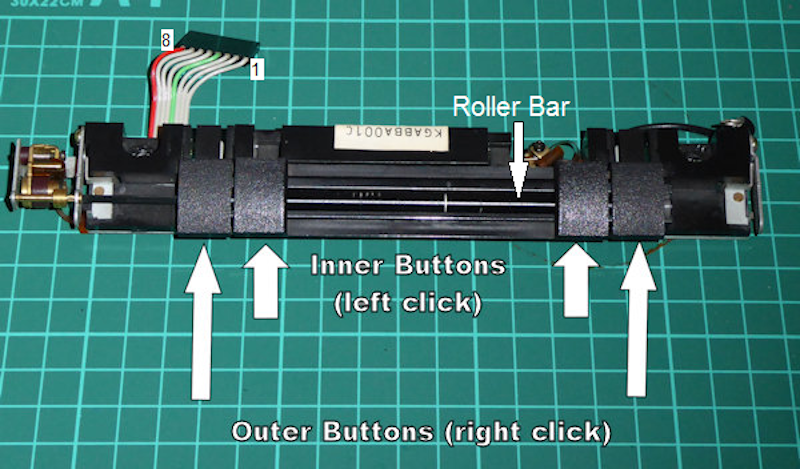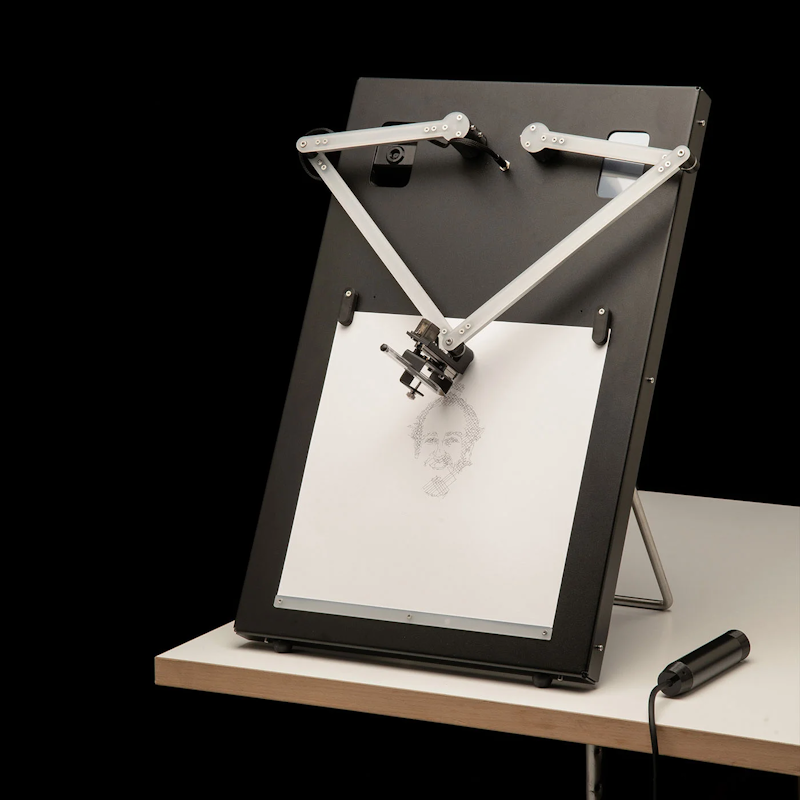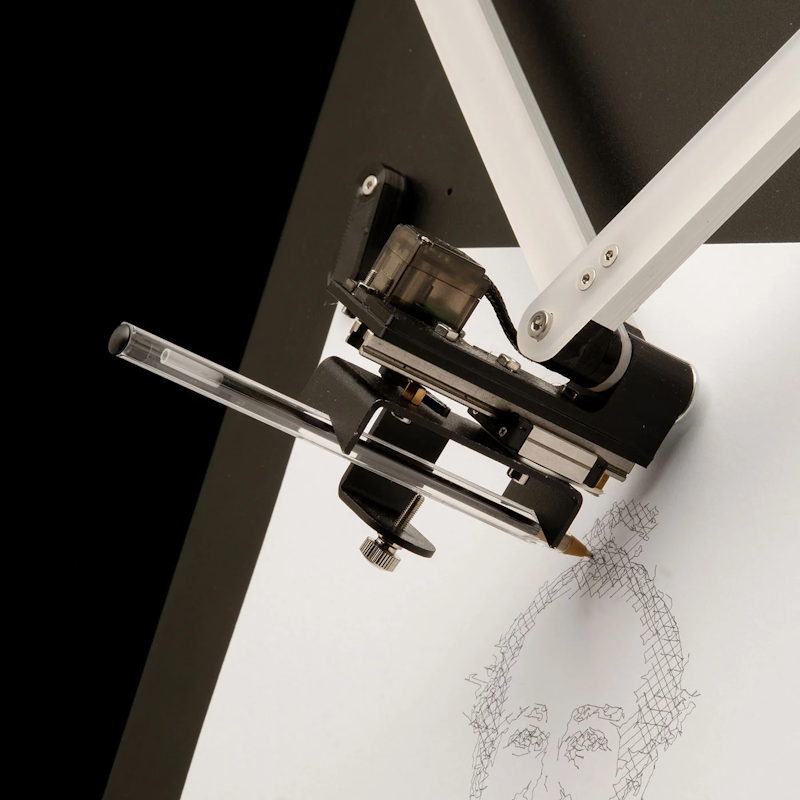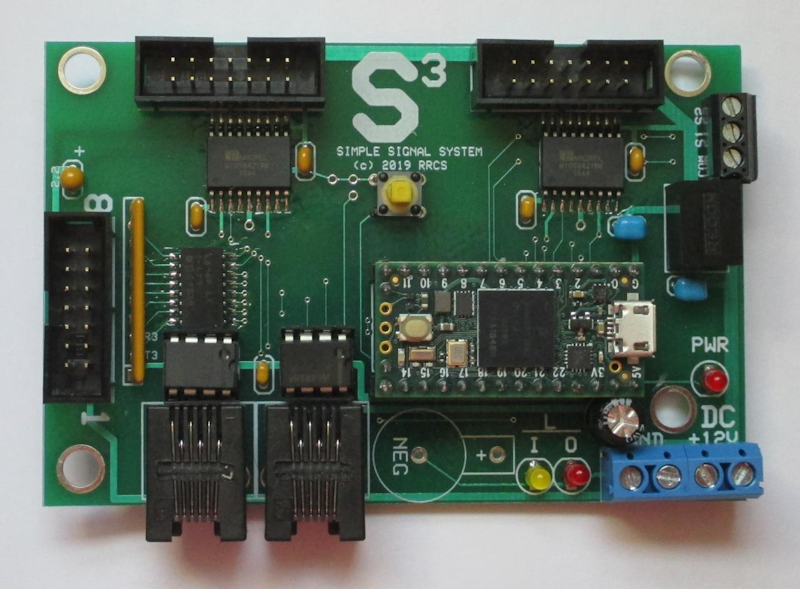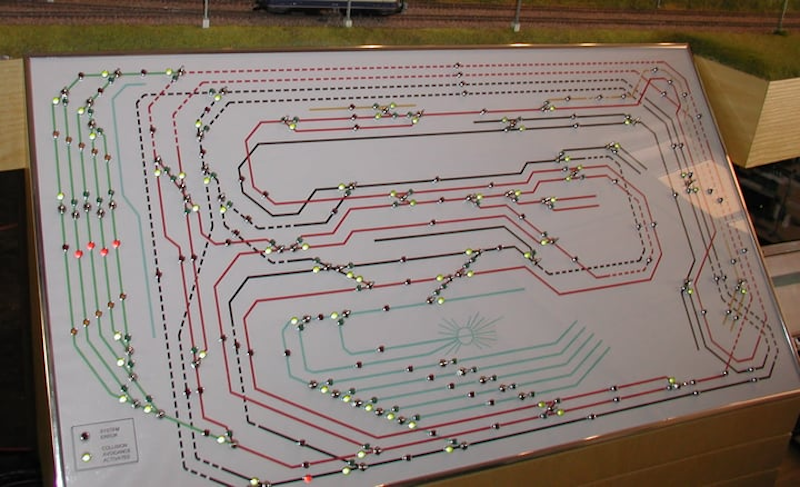Stroboscopic tuners allow precision tuning of musical instruments by illustrating the difference between the desired and actual frequency using a rotating disk against an LED strobe.

in the resulting rotation indicates how off-pitch it is, or lack of rotation when perfectly in tune. Benjamin_hh designed a guitar tuner based on this concept.
Instead of a rotating disc, Benjamin uses two SN74HC595 8-bit shift registers as a 16-bit ring buffer, connected to 16 LEDs. duff2013’s implementation of the YIN algorithm for the Teensy Audio Library is used to detect the plucked string, and an LM358-based amplifier brings in the guitar signal for comparison. The Teensy Audio System Design Tool for Teensy Audio Library was used to wire the audio blocks. Firmware, wiring, and more can be found in the project’s GitHub repo.



